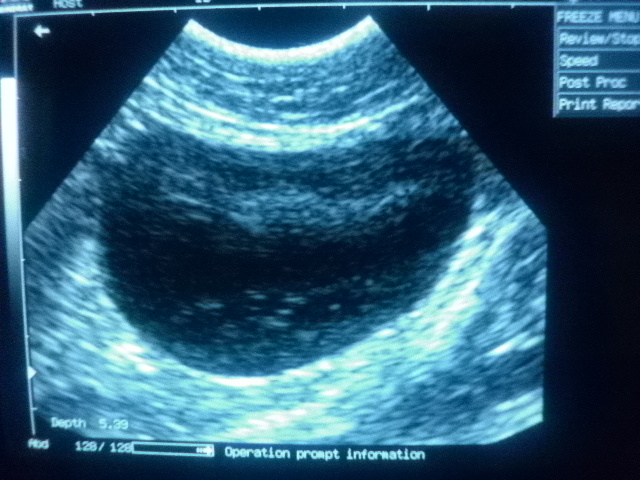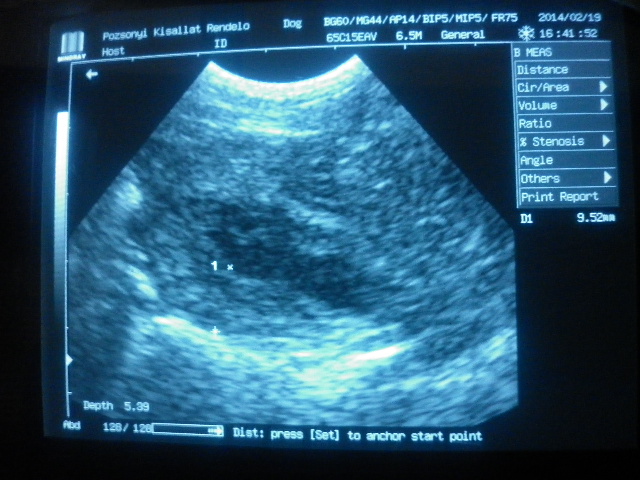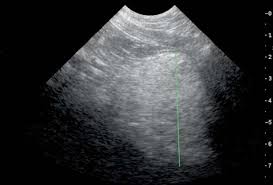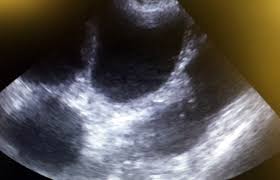Urine tract and reproduction system problemes

Urinary AND UTERINE DISEASES
Bladder Inflammation (Cystitis)

Introduction:
Bladder inflammation can develop for a number of reasons, most commonly urinary tract pathogens (bacteria). Frequent inflammation can be due to mucous membrane damage caused by bladder stones or precipitated crystals in the urine, and may also be associated with bladder infection. Cystitis may develop urine retention (e.g. spinal cord injury), micturition problems, or incontinence. Occasionally, it may also be associated with other illnesses, as an incidental finding. Cystitis secondary to diabetes, when sugar in the urinary bladder or urinary tract may be a good breeding ground for pathogens, or immune deficiency diseases (e.g. Cushing's disease) are perfect examples of this.
Symptoms:
Frequent or painful urination, straining, bloody urine, genital licking, and redness can all be signs of cystitis.
Diagnosis:
In addition to a thorough physical examination, a urinalysis is required for diagnosis. Ultrasounds or abdominal radiography may be required if bladder stones are suspected.
Treatment:
After accurate diagnosis, bacterial bladder inflammation can be treated with targeted antibiotic therapy. In some cases, urinary crystals can be resolved with the help of a special urinary diet. Sometimes, as in the case with persistent bladder stones, surgical intervention is required.
Incontinence

Introduction:
There are several causes for urinary incontinence in dogs. The establishment of an accurate diagnosis is crucial for eliminating the unpleasant symptoms of incontinent dogs. A urinary tract infection or a disease associated with polydipsia (e.g. Diabetes) can cause urinary difficulties, but true incontinence occurs when urine is actually the underlying problem. The most common cause of incontinence is the weakness of the urinary sphincter. Incontinence can also be caused by hormone shortages in spayed females. In elderly animals, many problems with urinary incontinence may occur due to musculoskeletal problems or bladder innervation. For real incontinence in a young dog, urinary tract malformation should also be considered.
Symptoms:
An incontinent dog will seemingly forget it's toilet training, will frequently drip urine and leave urine spots on its bed or other often visited areas, and will have zero control over its bladder.
Treatment:
If possible, treatment should always be attempted. Depending on the cause, there are a number of treatment options available. Solutions can be suggested in the cases of a weak urinary sphincter muscle, deficiency of female sex hormones, disturbances in bladder innervation, and bladder malformation.
Prostate Enlargement

Introduction:
Middle-aged and elderly male dogs with prostate problems are continually increasing in numbers. Urban male dogs are under constant stimuli, during their walks, when encountering many female dogs. This causes an increased level of male sex hormones as they rarely are able to mate. The prostate is a bi-lobed glandular organ located in the rectum, straddling the urethra below the neck of the bladder.
Symptoms:
When benign prostatic hyperplasia develops it can cause unpleasant symptoms, most commonly urination problems. Multiple urination, intermittent urination, and urine with a thinner radius are typically seen. Less commonly, the enlarged prostate can cause difficulties with defecation. Prostate enlargement is also commonly associated with prostate inflammation (prostatitis), whereby most commonly occurring bacterial urinary tract infections may result in more severe symptoms, including: bloody dripping, bloody urine, and fatigue. Prostatic cysts or abscesses can also develop, causing enlargement, and the development of prostate cancer is not uncommon.
Treatment:
For the treatment of benign prostatic hyperplasia, there are many conservative treatments available. Prostatitis may require prolonged antibiotic therapy. To resolve any problems with benign prostatic hyperplasia, neutering may be recommended. In the case of prostate cancer or prostatic lesions, surgery may also be considered.
Uterine Inflammation (Metritis) and Infection (Pyometra)

Introduction:
During estrus, when the cervix is opened, the uterus is more exposed to infection. If estrus is prolonged due to abnormal ovarian function the chance of metritis increases.
Symptoms:
Generally, the symptoms appear 3-8 weeks after estrus. The first signs include polydipsia and increased urination. If the cervix remains open, vaginal discharge can be seen. If the cervix is closed, the infection will grow within the uterus, expanding both it and the abdomen, leading to poor appetite and lethargy.
Diagnosis:
If vaginal discharge is present, the illness can often be clearly diagnosed simply by physical examination, however sometimes additional testing, particularly abdominal ultrasound, may be necessary.
Treatment:
In milder cases, hormone therapy, antibiotics, and uterine flushing may be enough to treat metritis, however most often surgical removal of the infected uterus is recommended.
